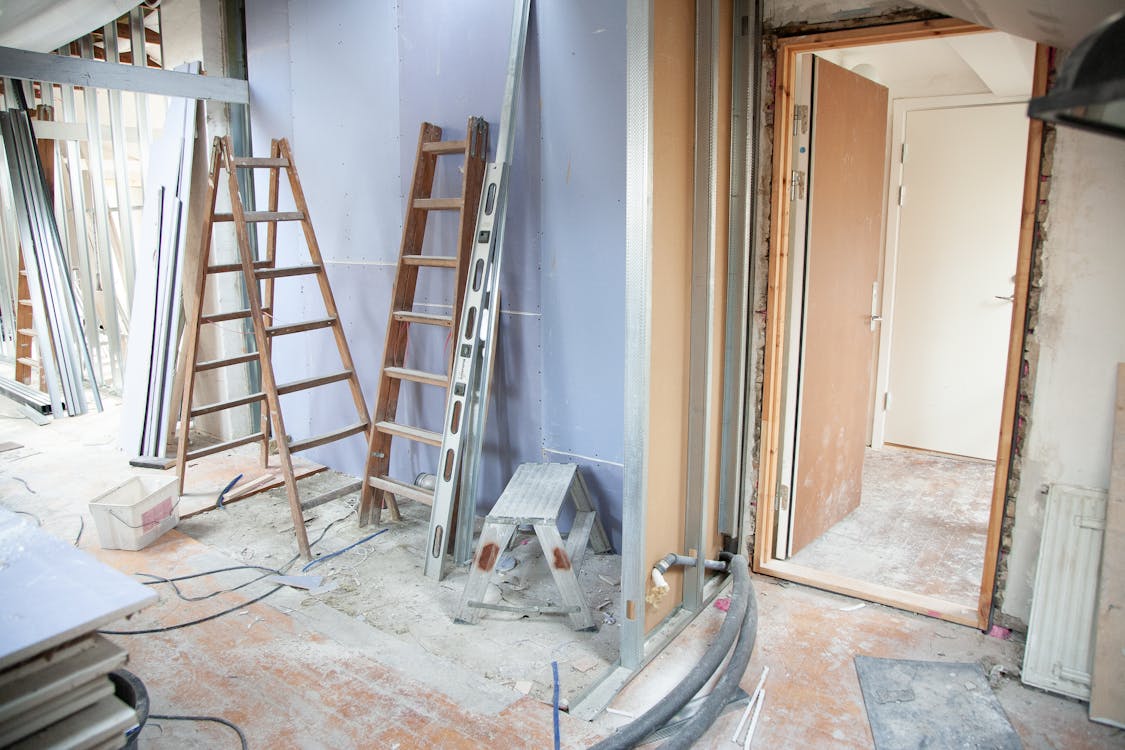When Is a Landlord Liable for a Tenant’s Injury?

As a landlord, renting out property comes with many responsibilities, including ensuring a safe living environment for tenants. However, accidents can happen, and when a tenant is injured on the premises, the question of landlord liability arises. Understanding when a landlord is legally responsible for a tenant’s injury is crucial for both property owners and renters.
General Principles of Landlord Liability
Landlords are not automatically liable for every injury that occurs on their property. Instead, their liability depends on factors such as negligence, duty of care, and adherence to landlord-tenant laws. In general, a landlord can be held responsible if the injury resulted from unsafe conditions that the landlord knew or should have known about and failed to address.
Common Situations Where a Landlord May Be Liable

Several scenarios can make a landlord legally responsible for a tenant’s injury:
Failure to Maintain the Property
Landlords have a duty to maintain the premises in a safe condition. If a tenant is injured due to neglected maintenance, such as broken stairs, faulty wiring, or leaking ceilings, the landlord may be held liable.
Failure to Address Known Hazards
If a landlord is aware of a dangerous condition—such as loose handrails, uneven flooring, or a pest infestation—and does not take timely action to fix it, they may be responsible for injuries that result from these hazards.
Building Code Violations
Many injuries result from violations of local building codes. Examples include improper handrail installation, lack of adequate lighting, or failure to provide functional smoke detectors. If an injury occurs due to a code violation, a landlord could face legal consequences.
Negligence in Common Areas
Landlords are responsible for maintaining common areas, such as hallways, staircases, parking lots, and elevators. If a tenant or guest is injured due to poor upkeep in these areas, the landlord may be held accountable.
Security Negligence Leading to Criminal Attacks
In some cases, landlords can be liable for injuries caused by criminal acts if they fail to provide adequate security measures. If a property is located in a high-crime area and lacks security features like proper locks, lighting, or surveillance, a landlord might be sued for negligence if a tenant is harmed.
When a Landlord May Not Be Liable
There are situations where a landlord may not be responsible for a tenant’s injury:
- Tenant’s Own Negligence: If the injury occurred due to the tenant’s own actions, such as improper use of appliances or reckless behavior, the landlord may not be liable.
- Unreported Hazards: If the tenant failed to notify the landlord of a dangerous condition, the landlord may not be held responsible for injuries that result from it.
- Temporary or Minor Issues: If the hazard was minor, temporary, or unforeseeable, the landlord might not be held accountable.
Conclusion
A landlord’s liability for a tenant’s injury depends on multiple factors, including negligence, maintenance responsibilities, and adherence to safety regulations. Landlords should conduct regular property inspections, respond promptly to repair requests, and ensure compliance with local housing laws to minimize the risk of liability. Tenants, on the other hand, should report hazards promptly and take reasonable precautions to maintain their safety. By understanding these responsibilities, both landlords and tenants can contribute to a safer rental environment.
For legal help in California and your other needs, contact BERYS LAW on this page. We also offer courses on real estate investing, landlording, and templates right here!
Stay connected with news and updates!
Join our mailing list to receive the latest news and updates from our team.
Don't worry, your information will not be shared.